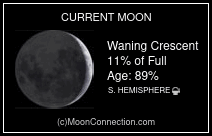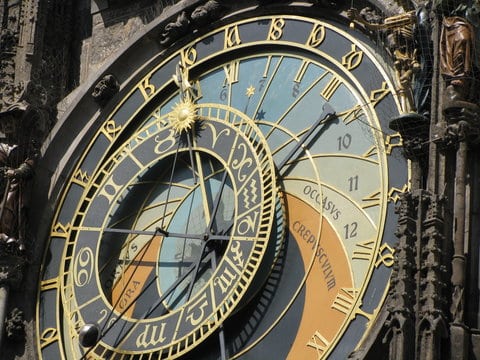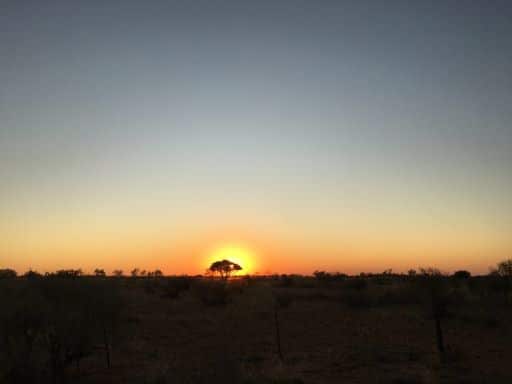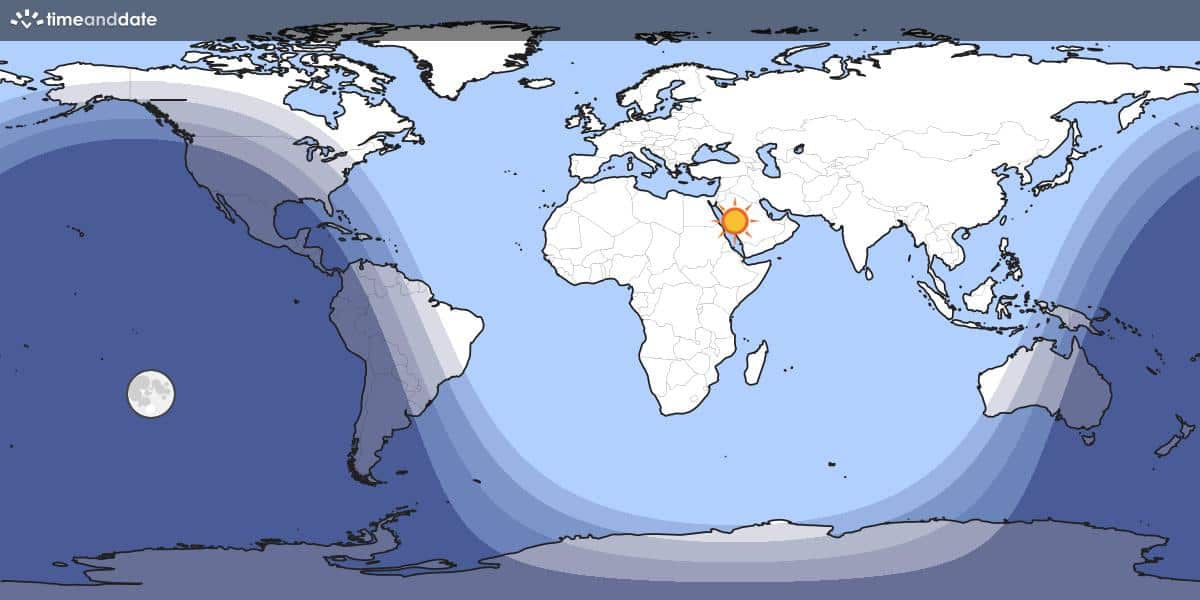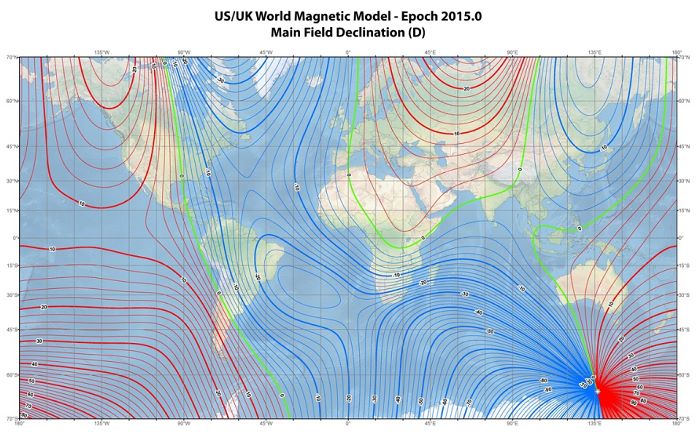N103 Superbubble
Steve Gottlieb’s Observations
NGC 1850A = BRHT 5b
05 08 39.4 -68 45 44; Tuc
24″ (4/5/08 – Magellan Observatory, Australia): at 350x, I noted a single brighter mag 13 star that is superimposed on the west side of NGC 1850. The core of NGC 1850A is situated just 30″ W of the center of NGC 1850, so I assume this “star” refers to the core of the companion cluster.
Notes: The cluster is identified as both NGC 1850A in the 1998 paper “Evolutionary status and age spread in the young LMC cluster NGC 1850A” and NGC 1850B in the 2018 paper “New Insights into the Formation of the Blue Main Sequence in NGC 1850”. N1850A has ~1/20th of the main cluster mass and it is characterized by a significantly younger age (~4.3 Myr). Assuming it is gravitationally bound to the larger cluster, it will likely merge with NGC 1850 in the next ~40 Myr.
NGC 1850 = LMC-N103A = ESO 056-70 = S-L 261
05 08 45.2 -68 45 42; Dor
V = 9.5; Size 3′
24″ (4/5/08 – Magellan Observatory, Australia): at 350x in the 24″ I was stunned by the view of this huge, extremely bright, blue globular cluster! The outer halo, which extends 5′ in diameter, was resolved into dozens of faint stars arranged in irregular star chains that appear to stream out of the core. A single brighter mag 13 star is superimposed on the west side [probably NGC 1850A]. The center is highly concentrated with an extremely bright 1′ core that appears elongated, irregular and clumpy with a curved outline. A small, 20″ diffuse glow is embedded at the north edge of the halo (open cluster S-L 260).
NGC 1850 resides in a glorious LMC region that is packed with an unbelievable number of clusters and HII regions including NGC 1854 6′ SE and NGC 1858, a huge cluster and nebulosity, ~10′ SE. A faint loop of nebulosity (N103A) is involved with the cluster, extending ~N-S on the east end, but I didn’t try a filter to see if it was visible.
18″ (7/10/05 – Magellan Observatory, Australia): After the Tarantula region (30 Doradus complex), NGC 1850 is the brightest star cluster in the LMC and at an estimated age of only 40-50 million years, this rich, globular-like cluster has no counterpart in the Milky Way! At 128x, the cluster appeared very bright (9th magnitude), large, round, ~3.5′ diameter, well concentrated with an intensely bright 1′ core. A brighter mag 13 star is superimposed on the western side of the halo. Several very faint stars are resolved in the very lively halo.
NGC 1850 lies in a very impressive region of the LMC (near the outskirts of the central bar) with 13 additional NGC clusters/nebulosity within 30′ including NGC 1854 7′ SE, NGC 1858 10′ SE, NGC 1856 22′ SSE and several others including NGC 1836, 1839, 1847, 1860, 1863, 1865. Unfortunately dawn was starting to break so I only was able to view the first group of objects mentioned above and I need to return to this field!
Notes: James Dunlop discovered NGC 1850 = D 172 = h2780, along with NGC 1854 and 1858, on 3 Aug 1826. His summary description (based on two observations) reads, “pretty bright round nebula, 40″ diameter. This is the preceding and brightest of three nebulae in a line [with NGC 1854 and NGC 1858].” His published position was 10′ E (same offset as NGC 1839), but a 3rd observation on 6 Nov 1826, in which he stated the line is oblique to the equator, is only 5′ SW.
John Herschel observed this cluster on 6 sweeps beginning on 2 Nov 1834 (sweep 508) when he logged “pretty bright, small, round, a cluster of stars 12th mag; diam 1′.” Three weeks later (sweep 512) he noted, “globular, very bright, very much compressed, 3′ diameter.” Herschel gave possible identities with D 172 as well as D 170, though the latter applies to NGC 1839.
S-L 260
05 08 45.5 -68 41 12; Dor
Size 1.1’x1.0′
24″ (4/5/08 – Magellan Observatory, Australia): S-L 260 appears as only a diffuse 20″ glow situated just beyond the north edge of the halo of the magnificent cluster NGC 1850, perhaps 4′-5′ from the center. NGC 1854 is a little further from the center of NGC 1910 to the SE.
Notes: Shapley (1963): 35″, unresolved.



